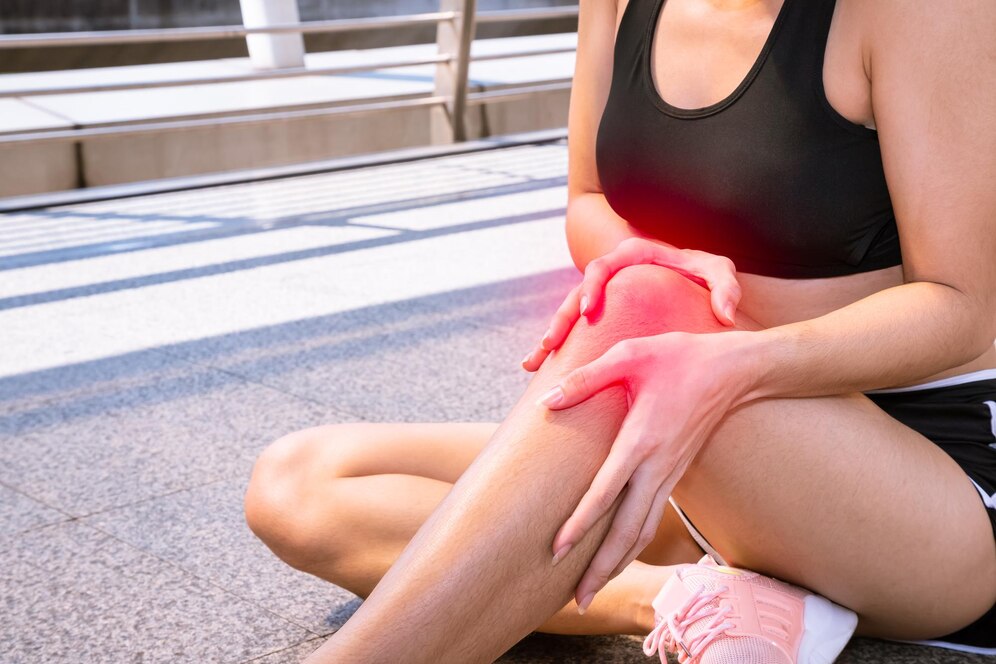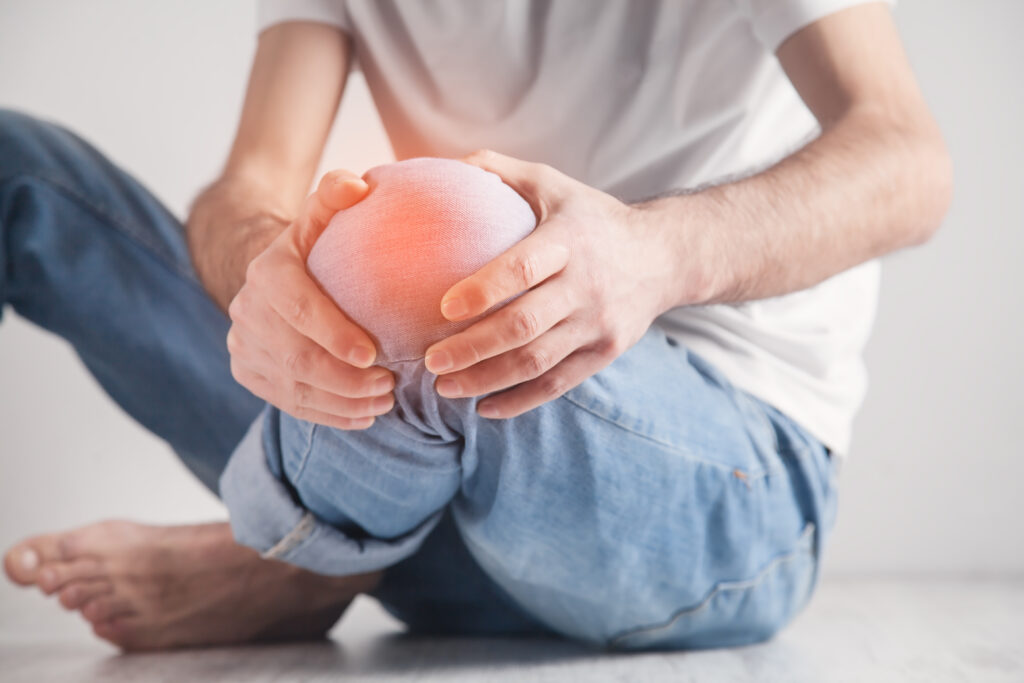When you consider the evolution of sports injury recovery techniques in Calhoun, it's fascinating to see how far we've come. Initially, athletes leaned on simple methods like rest and elevation, but as local experts began experimenting, practices transformed considerably. You might wonder how these changes reflect broader trends in sports medicine and technology. From the introduction of ice therapy to today's cutting-edge approaches, each era brought unique insights that shaped recovery. Understanding this history raises questions about what the future holds for athletes in Calhoun and beyond.
Early Recovery Practices
Although early recovery practices might seem rudimentary by today's standards, they laid the groundwork for modern sports injury rehabilitation. You might be surprised to learn that ancient cultures recognized the importance of rest and basic treatment methods long before the advent of advanced technologies.
Athletes in ancient Greece, for instance, utilized simple yet effective techniques such as compression and elevation to manage injuries sustained during vigorous competitions. They understood that proper care could help speed up recovery.
You can also look back to the early days of sports in the 19th century, when practitioners began to document injuries and the methods used for treatment. Techniques like massage and gentle stretching emerged as popular recovery practices, fostering the idea that rehabilitation was just as essential as training.
These methods emphasized the body's natural healing process, promoting an understanding that injuries needed time and care to fully heal. In the absence of sophisticated medical equipment, athletes relied on what was available to them.
Cold water immersion, herbal remedies, and even simple bandaging became fundamental tools in their recovery arsenal. You can appreciate how these early practices laid the foundation for more structured rehabilitation protocols that we see today.
Ultimately, these early recovery practices reflect a growing awareness of the importance of injury management in sports. They taught athletes the significance of listening to their bodies, a principle that remains crucial in modern sports medicine.
Understanding this history can deepen your appreciation for the progress made in sports injury recovery techniques.
Advancements in Techniques
Advancements in sports injury recovery techniques have revolutionized the way athletes heal and return to their game. You'll find that modern approaches combine cutting-edge technology with a deeper understanding of the body's healing processes.
Techniques such as cryotherapy and electrical stimulation are now commonplace, enabling quicker recovery times and reduced pain. You might even notice how these methods complement traditional therapies, like physical therapy, to create a more holistic recovery experience.
Here are some key advancements that have made a significant impact:
- Regenerative Medicine: Techniques like platelet-rich plasma (PRP) therapy use your body's own healing properties to accelerate recovery, making it a game-changer for sports injuries.
- Biomechanical Analysis: Advanced scanning and analysis tools help identify movement patterns and weaknesses, allowing for personalized training and rehabilitation plans that prevent future injuries.
- Telemedicine: With the rise of virtual consultations, you can now access expert advice and follow-up care from the comfort of your home, ensuring you stay on track with your recovery without the need for constant in-person visits.
These advancements not only speed up recovery but also improve the overall quality of care. As you engage with these techniques, you'll appreciate how they empower athletes to make informed decisions about their health.
The goal is always the same: to get you back on the field, stronger and more resilient than before.
Role of Local Experts
The expertise of local professionals plays an essential role in sports injury recovery. When you face an injury, having access to knowledgeable professionals can make all the difference in your healing journey. Local experts, including physiotherapists, chiropractors, and athletic trainers, bring valuable insights into injury assessment and rehabilitation tailored to the unique needs of athletes in your community.
These professionals understand the specific demands of your sport and can create customized recovery plans that address your injury's nuances. They stay updated on the latest recovery techniques and can implement evidence-based practices to enhance your healing process. Their familiarity with local facilities and resources also helps streamline your recovery.
You'll benefit from their hands-on approach, which often includes manual therapy, exercise prescription, and education on injury prevention. Additionally, local experts foster strong relationships with athletes, creating a sense of trust and support that's essential during recovery. This connection not only aids in communication but also boosts your motivation to adhere to rehabilitation protocols.
Furthermore, local professionals frequently collaborate with each other, ensuring a multi-disciplinary approach to your care. This teamwork helps address all facets of your recovery, from physical therapy to nutrition and mental well-being.
Impact of Technology
Local experts in sports injury recovery increasingly incorporate technology into their practices, enhancing the effectiveness of rehabilitation. You'll find that advanced tools and techniques are revolutionizing how injuries are treated, making recovery faster and more efficient.
For instance, wearable devices track your movements and provide real-time feedback, helping you understand how to adjust your rehabilitation exercises. This data-driven approach not only personalizes your recovery plan but also motivates you to stay on track.
Additionally, virtual reality (VR) is emerging as an exciting tool in injury recovery. You might engage in VR simulations that allow you to practice movements in a safe environment, reducing the fear of re-injury while helping to regain confidence. These immersive experiences can make the rehabilitation process more engaging and enjoyable.
Here are some key impacts of technology on sports injury recovery:
- Telehealth Services: You can access consultations and follow-ups remotely, saving time and increasing convenience for your recovery journey.
- 3D Imaging: This technology provides precise diagnostics, enabling your expert to create tailored treatment plans based on your specific needs.
- Robotic Rehabilitation Devices: These machines assist you in performing exercises more effectively, offering support and resistance that can enhance your strength and mobility.
Future of Injury Recovery
As you look ahead to the future of injury recovery, exciting developments promise to reshape how athletes heal and regain their strength. Advances in regenerative medicine, like stem cell therapy and platelet-rich plasma (PRP) treatments, are becoming increasingly popular. These techniques aim to accelerate healing by harnessing the body's natural repair mechanisms, guaranteeing you return to your sport faster and stronger.
Wearable technology will also play a significant role in your recovery. Smart devices that monitor your biomechanics can provide real-time feedback, helping you avoid further injuries and tailoring your rehabilitation program. This personalized approach guarantees that you're not just recovering but optimizing your performance.
Moreover, virtual reality (VR) and augmented reality (AR) are set to revolutionize rehabilitation. These immersive technologies can simulate real-game scenarios, allowing you to practice your skills in a controlled environment while still recovering. This not only keeps your mind engaged but also helps rebuild your confidence as you heal.
Finally, the integration of artificial intelligence (AI) in injury recovery protocols is on the horizon. AI can analyze vast amounts of data from various athletes, predicting potential injuries before they occur and recommending preventive measures tailored to your specific needs.
In this evolving landscape, you're poised to benefit from more effective, individualized, and technology-driven recovery methods. Embracing these innovations won't only enhance your healing process but also empower you to achieve peak performance in your athletic endeavors. Your future in sports recovery has never looked brighter.
Conclusion
In Calhoun, the journey of sports injury recovery shows how far we've come by blending traditional methods with modern innovations. You can appreciate the evolution from simple rest to advanced techniques like cryotherapy and wearable tech. Local experts play a key role in crafting personalized recovery plans, ensuring athletes get the best care possible. As technology continues to advance, the future of injury recovery looks promising, offering even more effective solutions for athletes like you.



